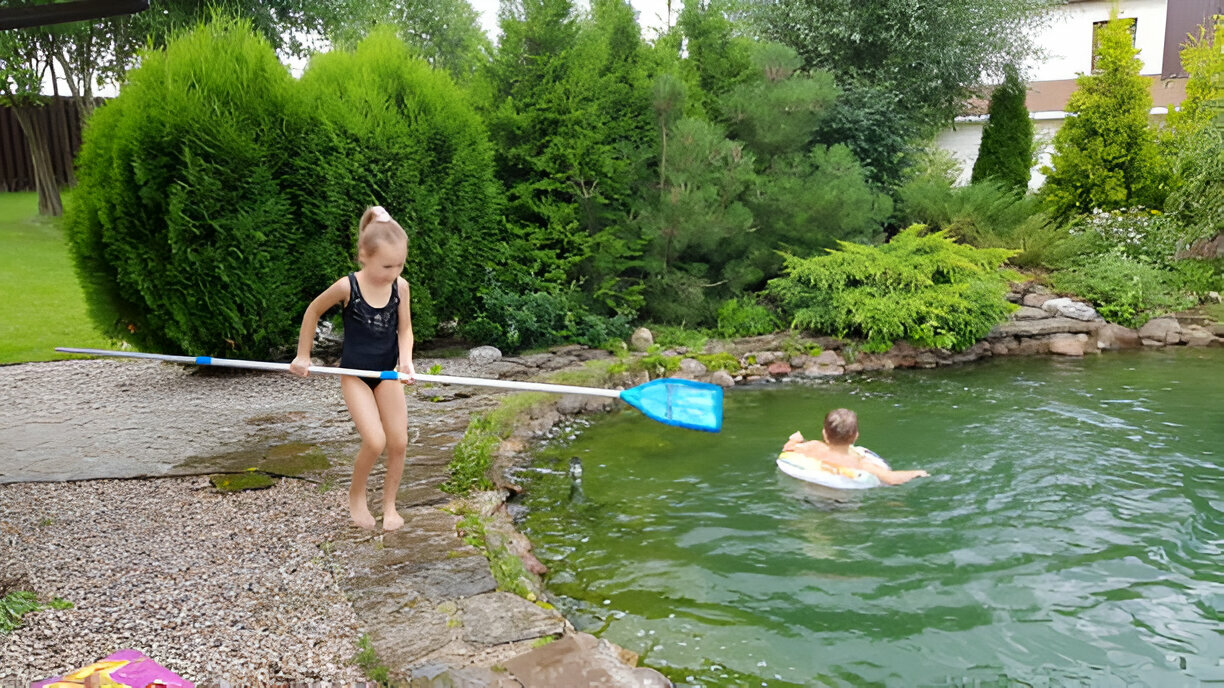Heavy rainfall can affect more than just drainage; it influences how a lawn grows, breathes, and holds its shape. When soil stays wet for too long, roots may lose access to air and nutrients, causing grass to weaken or thin out. Choosing the right grass becomes important for anyone maintaining a healthy lawn in areas where rain is frequent or unpredictable.
Several grass types can adjust to wetter climates, but not all are equally suited to consistent moisture. Soil quality, drainage, and maintenance play a role, but selection starts with finding varieties that naturally handle water well. Tropical grass is one type usually suited for regions with high humidity and steady rainfall, offering an option worth considering early in the planning process.
Select Grass with Strong Root Depth
A deep root system helps the plant remain anchored when the topsoil becomes saturated. Roots that reach farther into the soil offer better access to nutrients and promote natural drainage beneath the surface. That structure allows the turf to maintain its integrity during long periods of moisture and can contribute to healthier growth over time.
Grass that develops depth below the soil usually remains steady when other surface elements shift. In environments with heavy rain, this trait becomes especially valuable. Since water tends to gather quickly during storms, deeper roots assist in transporting moisture away from the blades, preventing standing water and reducing exposure to stress.
Match the Grass to Soil Conditions
Different soil types react to moisture in various ways. Clay soils may retain water longer than sandy soils, creating extra weight and compactness that blocks airflow. Before planting, it’s essential to observe how your soil behaves after a heavy rain. If puddles linger, drainage may need to be improved to help support the grass you select.
A ground cover that aligns well with your specific soil type has a better chance of staying balanced. For instance, well-draining soil can support varieties that prefer drier periods between rains, while slower-draining areas may need types that tolerate consistent moisture. Matching these characteristics helps reduce stress on the lawn and ensures a more even appearance.
Use Natural Resistance as a Factor
Some grass varieties possess traits that help them handle moisture without additional treatments. These types are less prone to issues that thrive in wet environments, such as fungus or patchiness. You can also identify favorable traits by looking for:
- Uniform growth in shaded or cloudy conditions
- Steady color during extended wet periods
- Resistance to common lawn diseases
- Strong root structure in soft or loose soil
- Low sensitivity to humidity and standing water
Support Grass with Proper Lawn Care
Once you’ve chosen a grass suited to rainfall, supporting it through maintenance is equally important. Regular mowing to an even height reduces excess growth that traps moisture. Aerating the soil allows for better water flow and prevents compaction, especially in high-traffic areas.
Avoid overwatering, and let rainfall provide most of the moisture. Removing debris, trimming edges, and checking for drainage issues keeps your lawn prepared throughout the season. Consistent care strengthens the grass and encourages even growth, helping it stay resilient when rainfall returns.
Consult Specialists for Targeted Lawn Solutions
Some properties require more than basic lawn care advice, especially when rainfall creates ongoing challenges. Consulting experts who specialize in plant environments ensures the right approach from the start. They evaluate conditions on-site and offer practical solutions based on soil behavior, drainage patterns, and plant compatibility.
Instead of guessing which type will work, a specialist can streamline the process with informed recommendations. Their guidance helps avoid common setbacks and supports a more efficient path to a stable, rain-ready lawn. For areas affected by steady moisture, that insight can be a valuable part of the planning process.
Tropical grass responds well to frequent moisture and steady warmth, making it a practical option for lawns in rainy climates. Selecting grass with root depth, proper soil compatibility, and resistance to moisture-related issues creates a strong base. Combined with good care, the right grass can stay healthy through rain without losing its form.




